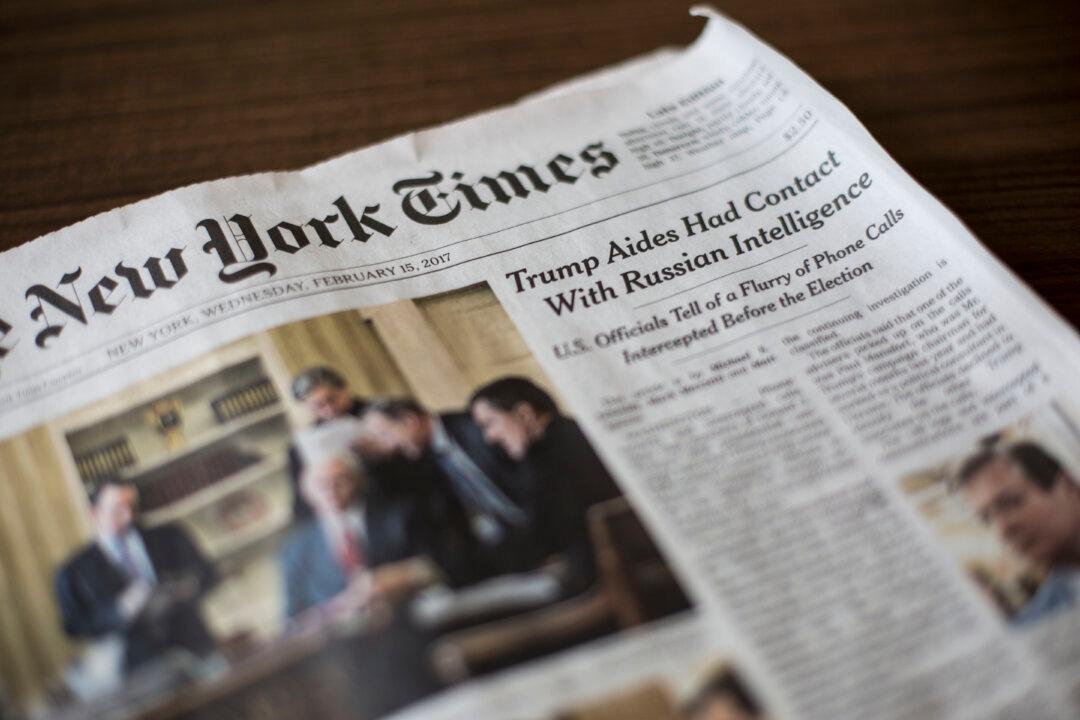News Analysis
After the identity of the suspected mail bomber was revealed last week, The New York Times and The Washington Post linked the incident to President Donald Trump.

After the identity of the suspected mail bomber was revealed last week, The New York Times and The Washington Post linked the incident to President Donald Trump.